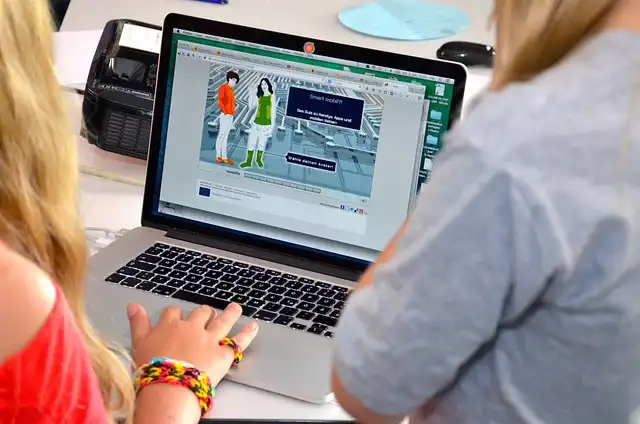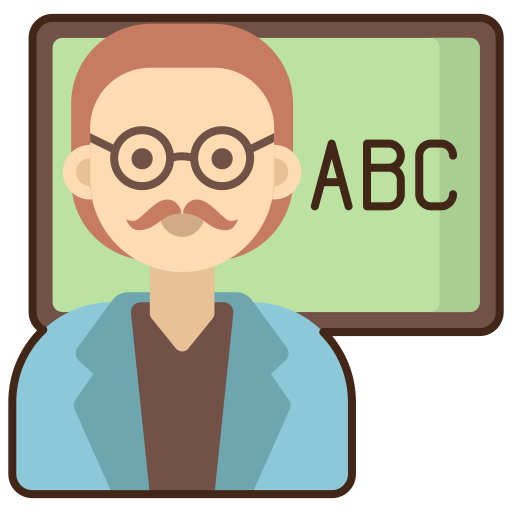
About half of teens surveyed failed to correctly identify branded content appearing on a news website—in this case, an article about imitation meat sponsored by the grocery chain Safeway—as an advertisement.
Concerning half of teens checked failed to properly determine branded content showing up on an information site– in this case, a write-up regarding replica meat sponsored by the grocery chain Safeway– as an ad.
“My center schoolers are simply continuously, continuously on-line, regularly on gadgets, regularly on different social media platforms,” Klein said. “They’re not looking at the news in the method that we looked at the information.
The 2020 election was taken. The NFL playoffs last period were rigged to help Taylor Swift’s boyfriend– and inevitably President Joe Biden’s reelection initiatives.
Conspiracy concepts have long been appealing, said Peter Adams, the News Proficiency Task’s senior vice-president of research study and design. That’s due to the fact that they give “people basic explanations for complex, incomprehensible occasions,” he claimed.
Pupils have problem comparing various kinds of content– even when they are correctly labeled– partially since the way that they consume information is very different than just how past generations of teenagers were revealed to it, Klein said.
Teenagers also don’t always trust professional journalists working for standards-based news outlets more than various other types of on the internet web content creators. In fact, almost half of teenagers– 45 percent– say expert reporters and the electrical outlets that they create for are doing even more to damage American democracy than to protect it.
Teens are “acquiring the largest, most complex, a lot of mad information environment in human background, and they’re getting details in streams that really hamper” their understanding of it, Adams stated.” My children liked it,” stated Miriam Klein, a college curator for Pennsylvania’s Cornell institution area near Pittsburgh that conducted a three-week media proficiency unit with center schoolers.” My middle schoolers are simply frequently, constantly online, frequently on gadgets, constantly on various social media systems,” Klein claimed. “They’re not looking at the news in the way that we looked at the news. You know, they’re obtaining their news in quick fragments on their social media accounts.
To assist pupils discover just how to sort truth from point of view or a manipulative advertisement from meticulously reported information, the Cornell institution district teaches skills such as lateral analysis, which encourages students to make use of trusted resources to prove details from a strange or suspicious system.
Eighty percent of teens see conspiracy theories on social media– and concerning half reported seeing them at least when a week. Of the teenagers that reported seeing conspiracy theory concepts, 81 percent stated they thought at least one, the report located.
One data factor teachers find heartening: The large majority of pupils– 94 percent– desire at the very least some media literacy guideline in institutions. More than fifty percent of teenagers checked– 57 percent– think that schools must “definitely” be needed to show media literacy.
Forty-four percent of teens stated they found a company news release about an information occasion– in this situation, Coca-Cola’s plan to boost its multiple-use product packaging– more reputable than a reported story on the same topic.
A little over half– 52 percent– precisely concluded that a viewpoint short article with the word “discourse” in the headline published in The Sunlight Chronicle (an information website based in Attleboro, Mass.) was a point of view item.
“It can be especially hard if a teacher has very inflexible scope and sequence that’s kind of determined to them,” she stated. She feels fortunate to be in an area “where it’s not as inflexible, so it is simpler to locate locations to fit this in.”
More than two-thirds of teens checked– 69 percent– stated they believe “wire service deliberately include prejudice to their protection and only existing the realities that sustain their very own perspective,” according to the record.
“It would be really useful for them to see what it appears like,” Klein claimed. “It’s not simply somebody in their cellar putting stuff out online. Individuals that are doing this are working really difficult to make sure [their job] is accurate and helpful.”
“My children loved it,” stated Miriam Klein, a college librarian for Pennsylvania’s Cornell college area near Pittsburgh who conducted a three-week media proficiency unit with middle schoolers. “They were so thrilled to do it. They made posters about frauds, and they discussed the news.”
Teenagers are “acquiring the biggest, most complicated, most mad information atmosphere in human background, and they’re obtaining info in streams that actually hinder” their understanding of it, Adams claimed. “Ads and user-generated web content and articles from Reuters look the very same on Instagram or TikTok. You just scroll, scroll, scroll.”
Several teens additionally battle to compare promotions and viewpoint, independently reported news and electronic advertising and marketing campaigns, the survey discovered. And many think specialist wire service are equally as prejudiced as other material makers, according to the study that created the basis for the record.
A 3rd of teenagers incorrectly concurred that an out-of-context image of a harmed traffic signal was “solid evidence” for a bogus case– circulated online– that heats in Texas last summertime caused traffic signal to thaw.
With the net, and especially social media, he stated, “there’s a way for these ideas to fester. There’s a lot more sharing of electronic web content that’s passed off as evidence, several of which is authentic, several of which is fabricated or doctored or contemporary of context.”
“I assume that there does need to be absolutely a lot more communication in between reporters, instructors, students,” she stated. That might consist of bringing reporters to classrooms to speak about their job or day trip to local newsrooms and television terminals, she added.
Many trainees do not get media proficiency guideline, the report kept in mind. Simply three states– Connecticut, Illinois, and New Jersey– need schools to educate media proficiency, according to the record. And just six states– California, Colorado, Delaware, Florida, Ohio, and Texas– have news-literacy requirements.
1 media2 media literacy
3 teens
« Why Trump and Harris Have Barely Talked About Schools This ElectionScaling Tutoring through Federal Work Study Partnerships »
